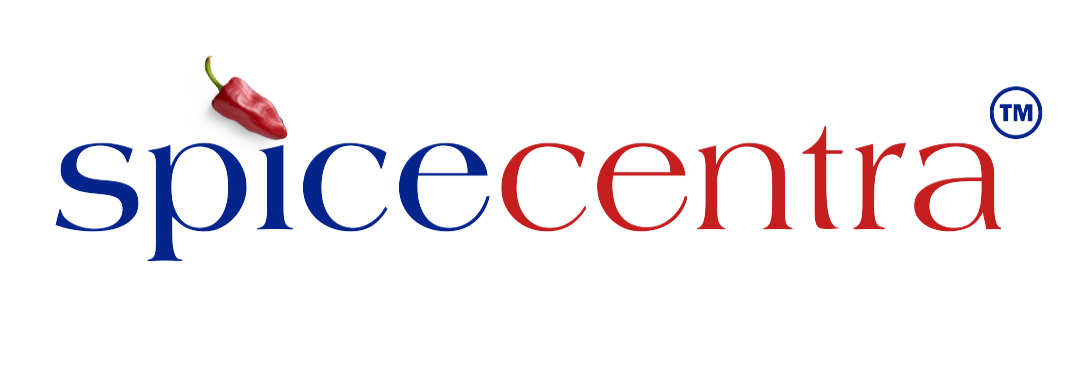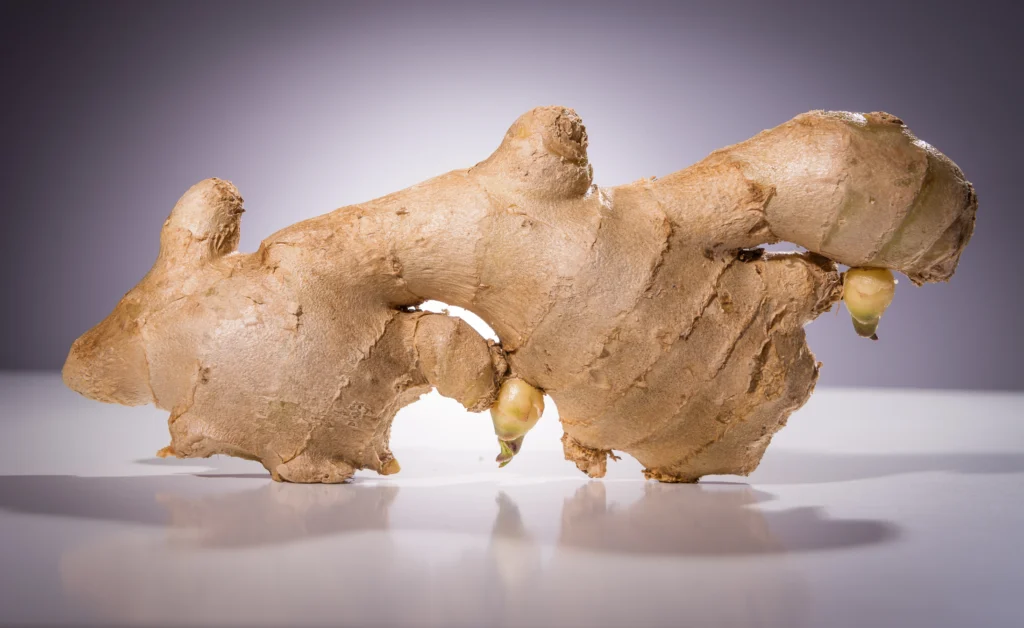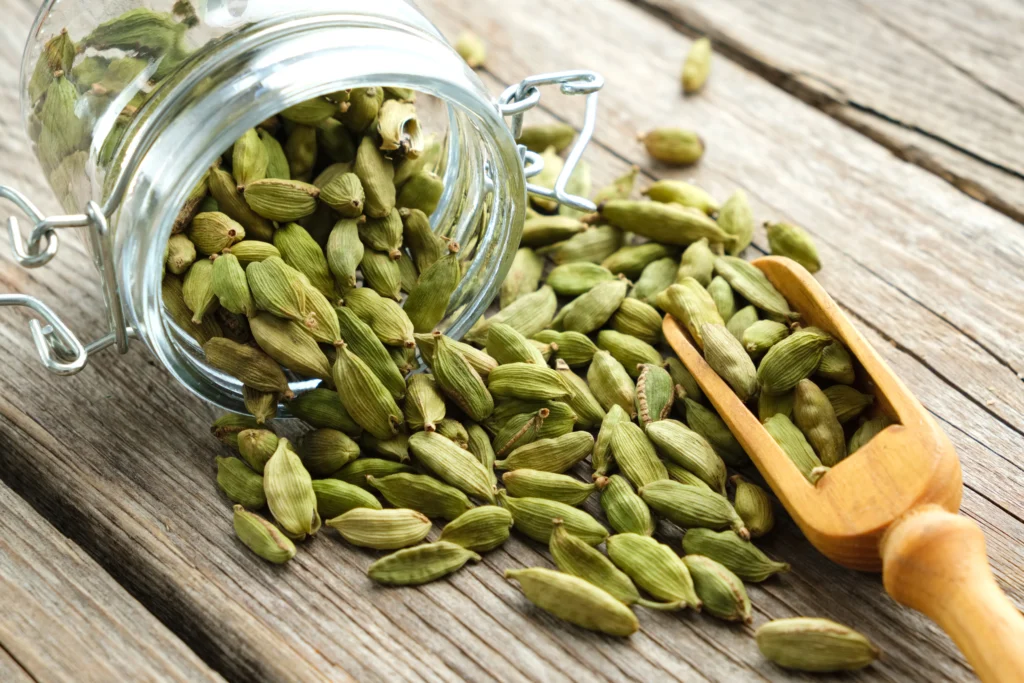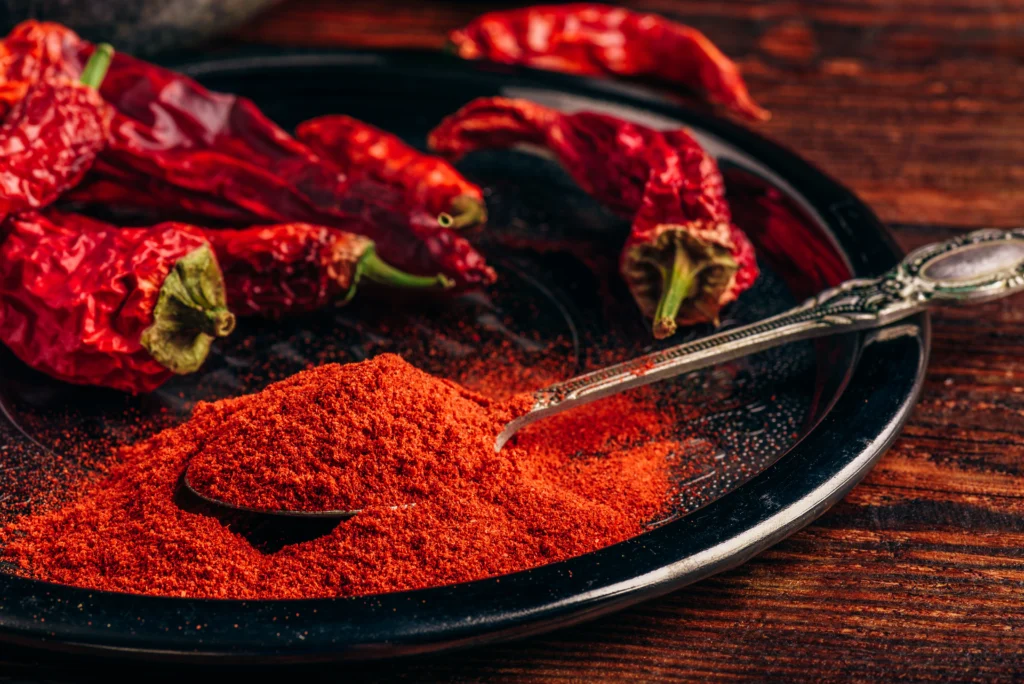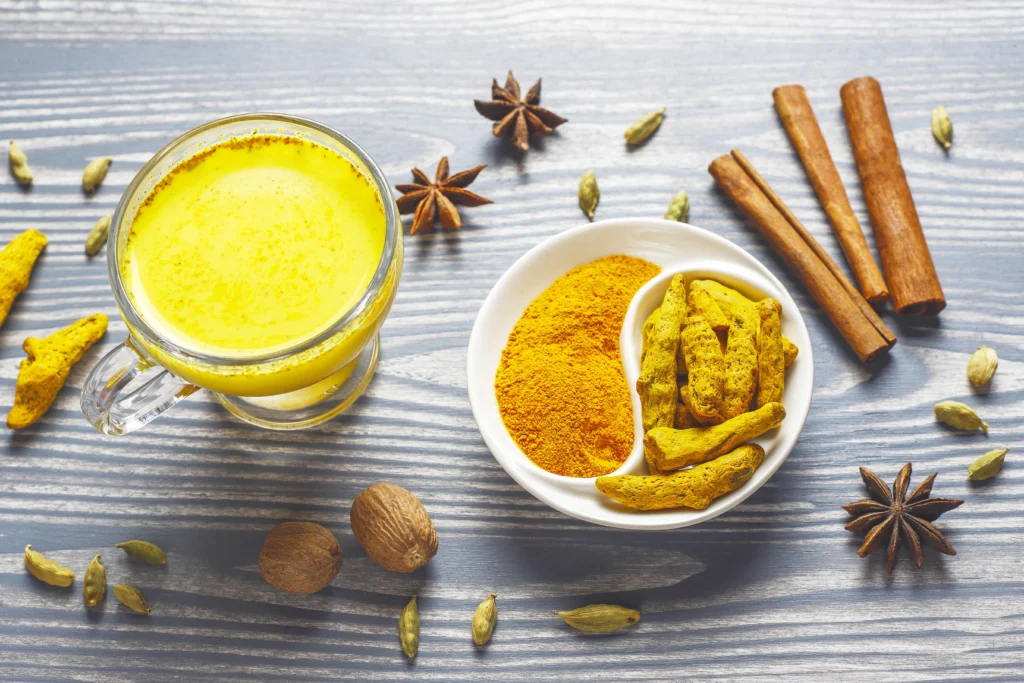Why Ginger Export from India is a Golden Opportunity in 2025
Ginger isn’t just a kitchen staple. It’s a powerhouse root that’s making waves in wellness, food, and pharmaceutical industries worldwide.
From immunity-boosting teas to health supplements and sauces, the demand for Indian ginger is spiking. And if you’re eyeing a future in spice exports, this is the perfect time to explore ginger export opportunities from India.
Here’s a complete, step-by-step guide to get you started.
Step 1: Know the Major Ginger Producing States in India
Before anything, you need to know where to source quality ginger.
The largest producer of ginger in India is Karnataka – particularly known for bold, fibrous varieties.
- Karnataka – particularly known for bold, fibrous varieties
Other key ginger producing states in India include:
- Assam
- Meghalaya
- Odisha
- Kerala
These states provide both fresh and dried ginger varieties, ideal for different export needs.
Step 2: Decide Your Ginger Format
Depending on your market, choose the ginger form that aligns with demand:
- Fresh Ginger – needs faster logistics, used in culinary markets
- Dry Ginger – longer shelf life, used in health, food, and pharma
- Ginger Powder – ideal for packaged goods and spice blends
If you’re aiming at high-demand sectors like nutraceuticals or teas, dry ginger export from India is a clear winner.
Step 3: Register as an Exporter
To become a certified ginger exporter from India, register with
- DGFT (for IEC Code)
- FSSAI (for food safety compliance)
- APEDA (for agriculture export facilitation)
- GST portal (for tax compliance)
These steps give you the legal foundation to begin trading.
Step 4: Connect with Verified Ginger Suppliers
Avoid the middlemen trap. Source directly from:
- Farmers’ collectives in Karnataka or Assam
- Reputed traders in ginger mandis
- Export-focused processors with cleaning, drying, and grading facilities
Pro tip: Ask for lab tests for moisture content, aflatoxin levels, and essential oil content.
Step 5: Packaging & Processing
International buyers care about hygiene and packaging.
For dry ginger export, use:
- Vacuum-sealed pouches (1kg, 5kg)
- HDPE-lined gunny bags (25-50kg)
- Clear labelling as per the importing country’s norms
Exporters like SpiceCentra handle batch-wise processing with international-grade quality control.
Step 6: Documentation and Shipping
Don’t underestimate paperwork. Common export documents include:
- Invoice and Packing List
- Certificate of Origin
- Phytosanitary Certificate
- Bill of Lading or Airway Bill
- Fumigation Certificate
Work with freight forwarders who have experience in agri-exports to avoid clearance issues.
Step 7: Match Market Demand
Different markets want different things:
- USA & Europe: prefer organic, residue-free dry ginger
- Middle East: bulk quantities of fresh or dried ginger
- Southeast Asia: ginger powder and oil for processed foods
Target accordingly and tailor your sourcing and processing to fit those profiles.
Challenges to Watch Out For
While the opportunity is big, so are the responsibilities:
- Climate Impact: Floods or droughts can affect harvest quality
- Global Pricing: Competes with China and Nigeria
- Regulatory Norms: Stricter food safety standards in developed markets
Regulatory Norms: Stricter food safety standards in developed markets often create compliance challenges for ginger exporters.
Stay competitive by offering consistent quality, traceability, and flexible logistics.
Final Thoughts
With the world leaning into wellness and functional food trends, the scope for ginger export from India is expanding rapidly.
Get your sourcing right, lock in hygiene standards, and build trusted buyer relationships—and you could turn this spicy root into your next big business opportunity.
Want a reliable ginger export partner?
Partner with SpiceCentra to access clean, certified ginger from India’s top-producing states.
FAQs
Which state is the largest ginger producing state in India?
Karnataka leads in both volume and quality of ginger production.
What are the different forms of ginger for export?
Fresh, dried (sliced or whole), powder, oil, and oleoresin.
Is India a major player in global ginger trade?
Yes, India ranks among the top five exporters globally.
What is the shelf life of dried ginger?
6 to 12 months depending on storage and moisture control.
Can I export ginger in small quantities?
Yes, many markets accept MOQ-based trial shipments.
Which state is the largest producer of ginger in India?
The largest producer of ginger in India is Karnataka, contributing a significant share of the country’s total production. Its bold, fibrous varieties are highly valued in both domestic and export markets.
Top ginger producing states in India
Apart from Karnataka, other leading ginger producing states in India are Assam, Meghalaya, Odisha, and Kerala. These regions provide both fresh and dried ginger, supplying diverse needs for culinary, pharmaceutical, and export markets.
Which country produces most ginger?
Globally, China is the largest producer of ginger, followed by India, Nigeria, and Indonesia. While China leads in production, India’s ginger is prized for its aroma, pungency, and suitability for dried and powdered forms.
Ginger suppliers in India
India has a wide network of ginger suppliers, ranging from farmer cooperatives in Karnataka and Assam to export-focused processors. Reputed names like SpiceCentra act as reliable ginger exporters from India, ensuring quality, certifications, and export-ready packaging.
How to export ginger?
To start ginger export from India, you need to:
- Register for an Importer Exporter Code (IEC) with DGFT
- Obtain FSSAI and APEDA registrations
- Source from verified suppliers with lab-tested quality
- Follow international packing and labeling norms
- Complete documentation like Certificate of Origin and Phytosanitary Certificate before shipping
For a detailed guide, see our blog on how to export ginger from India step by step.
